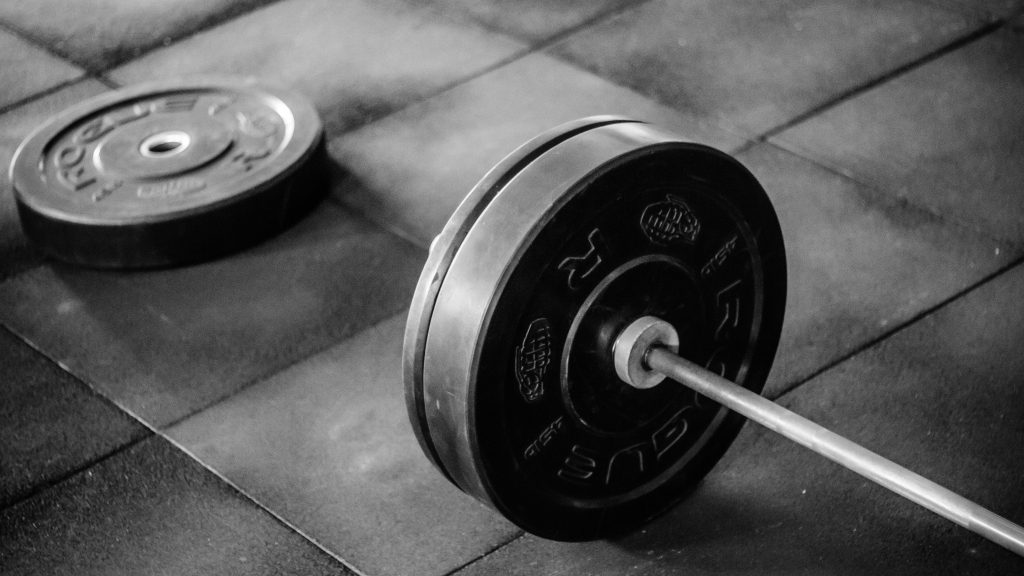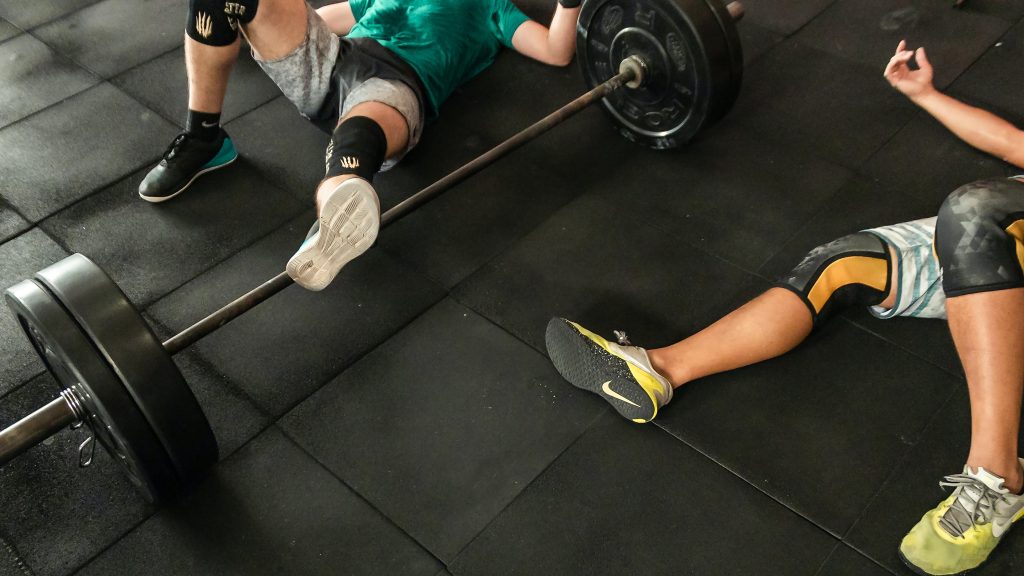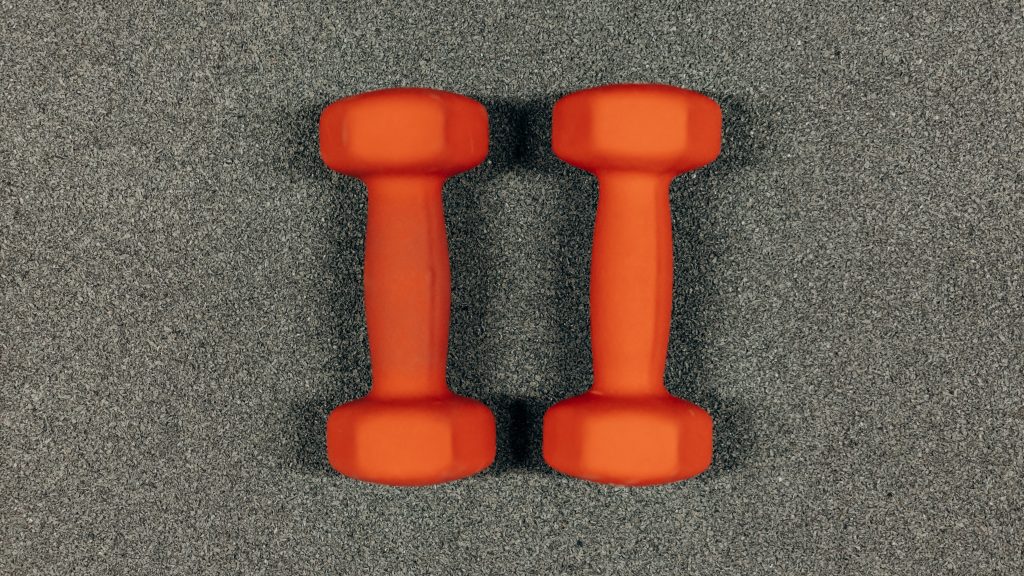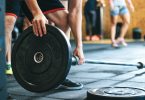Introduction:
Welcome to our comprehensive guide on the advantages of progressive overload training. Whether you’re a seasoned fitness enthusiast or just starting your fitness journey, understanding the concept of progressive overload and its benefits can significantly enhance your results. In this article “The Advantages of Progressive Overload Training: Unlocking Your Fitness Potential”, we will explore the key advantages of progressive overload training and provide you with practical tips to incorporate it into your workout routine.
Definition of Progressive Overload:
- Explain the concept of progressive overload: progressively increasing the intensity, volume, or difficulty of your workouts over time.
- Emphasize the importance of challenging your body beyond its current capabilities to stimulate growth and adaptation.
Muscle Strength and Hypertrophy:
- Describe how progressive overload training promotes muscle strength and hypertrophy.
- Explain that by consistently increasing the load or intensity of your exercises, you stimulate the muscle fibers to grow and adapt to handle the increased demands.
- Highlight that progressive overload is crucial for breaking through plateaus and achieving new levels of strength and muscle size.
Enhanced Performance:
- Discuss how progressive overload improves athletic performance.
- Explain that by gradually increasing the demands placed on your body, you train your muscles, cardiovascular system, and neuromuscular coordination to work more efficiently.
- Mention that progressive overload can lead to improvements in speed, power, agility, and overall athletic prowess.
Fat Loss and Body Composition:
- Explain the connection between progressive overload and fat loss.
- Highlight that incorporating progressive overload into your workouts helps to maintain or increase muscle mass, which in turn increases your metabolic rate.
- Discuss how progressive overload training can lead to favorable changes in body composition by promoting muscle growth while reducing body fat.
Injury Prevention and Joint Stability:
- Discuss how progressive overload training contributes to injury prevention.
- Explain that gradual increases in workload allow your muscles, tendons, and ligaments to adapt and become stronger, reducing the risk of overuse injuries.
- Emphasize the importance of maintaining proper form and technique when implementing progressive overload to ensure joint stability and minimize the risk of injury.
Mental Resilience and Motivation:
- Highlight the psychological benefits of progressive overload training.
- Discuss how setting and achieving incremental goals through progressive overload can boost motivation and confidence.
- Explain that the sense of accomplishment gained from progressively pushing your limits can improve your overall mental resilience and mindset towards fitness.
Practical Tips for Implementing Progressive Overload:
- Provide practical advice on how to incorporate progressive overload into your workouts.
- Explain the importance of tracking your progress by keeping a workout journal or using fitness apps to monitor sets, reps, weights, and overall performance.
- Discuss different methods of implementing progressive overload, such as increasing weight/resistance, adding more repetitions, reducing rest periods, or introducing advanced variations of exercises.

Photo by Victor Freitas: https://www.pexels.com/photo/grayscale-photo-of-black-adjustable-dumbbell-949131/
Gradual Progression and Periodization:
- Introduce the concept of gradual progression and periodization within progressive overload training.
- Explain the benefits of gradually increasing the intensity or workload over time rather than making drastic jumps.
- Discuss the importance of periodizing your training by incorporating phases of higher and lower intensity to prevent overtraining and optimize results.
Progressive Overload for Different Fitness Goals:
- Discuss how progressive overload can be tailored to different fitness goals.
- Provide examples of how to apply progressive overload principles for strength training, hypertrophy-focused workouts, endurance training, or specific sports-related goals.
- Emphasize the need to adjust the variables of progressive overload (e.g., weight, reps, intensity) based on individual goals.
Listening to Your Body:
- Stress the importance of listening to your body’s signals and adjusting the progression accordingly.
- Explain that while progressive overload is crucial, it’s essential to avoid pushing yourself beyond your limits or ignoring signs of fatigue or injury.
- Encourage readers to practice self-awareness and modify their training if necessary, seeking guidance from professionals when needed.
Progressive Overload Training for Different Fitness Levels:
- Discuss how progressive overload can be adapted for individuals at different fitness levels, from beginners to advanced athletes.
- Provide recommendations on how to progress gradually for beginners and how to continue challenging yourself as you advance.
- Highlight the importance of starting with proper form and technique before focusing on increasing intensity.
Plateau Breaking and Continuous Progress:
- Explain how progressive overload training can help break through plateaus.
- Discuss how the body adapts to repetitive stimuli and how progressive overload introduces new challenges to stimulate further progress.
- Provide examples of plateaus that can occur in different fitness aspects, such as strength, muscle growth, or endurance, and how progressive overload can overcome them.

Photo by Pixabay: https://www.pexels.com/photo/athlete-barbell-bodybuilder-bodybuilding-416717/
Time Efficiency and Workout Variation:
- Highlight the time efficiency of progressive overload training.
- Explain that by increasing intensity or volume, you can achieve more in less time compared to longer, low-intensity workouts.
- Discuss the importance of workout variation within progressive overload to prevent boredom, maintain motivation, and target different muscle groups.
The Role of Nutrition in Progressive Overload Training:
- Discuss the significance of proper nutrition in supporting progressive overload training.
- Explain the role of macronutrients (protein, carbohydrates, and fats) in muscle growth, recovery, and energy levels.
- Provide guidelines on consuming adequate calories and nutrients to support the increased demands of progressive overload training.
Seeking Professional Guidance:
- Encourage readers to seek professional guidance when implementing progressive overload training.
- Emphasize the importance of working with certified personal trainers or strength and conditioning specialists to design a safe and effective progressive overload program.
- Highlight the benefits of personalized coaching, proper exercise technique instruction, and tailored programming based on individual goals and abilities.
The Role of Rest and Recovery in Progressive Overload Training:
- Highlight the importance of rest and recovery in maximizing the benefits of progressive overload training.
- Explain how muscle growth and strength development occur during periods of rest, allowing the body to repair and adapt to the increased workload.
- Discuss the significance of incorporating rest days, proper sleep, and active recovery techniques to prevent overtraining and optimize progress.

Photo by Victor Freitas: https://www.pexels.com/photo/two-men-lying-on-gym-floor-beside-black-barbell-2261483/
Injury Management and Rehabilitation with Progressive Overload:
- Discuss how progressive overload training can be used in injury management and rehabilitation.
- Explain how controlled increases in intensity and load can aid in the recovery process by gradually reintroducing movement and building strength in affected areas.
- Encourage individuals with injuries to work with healthcare professionals or physical therapists to ensure safe implementation of progressive overload training.
Tracking and Measuring Progress in Progressive Overload Training:
- Provide guidance on how to effectively track and measure progress in progressive overload training.
- Discuss the use of performance metrics such as strength gains, increased repetitions, reduced rest times, or improved workout times.
- Highlight the benefits of tracking progress to stay motivated, make informed adjustments, and celebrate achievements along the way.
Psychological Benefits of Progressive Overload Training:
- Explore the psychological benefits of progressive overload training beyond physical changes.
- Discuss how setting and achieving progressive goals can boost self-confidence, improve body image, and enhance overall mental well-being.
- Highlight the positive impact of consistent progress and the sense of empowerment gained through conquering new challenges.
Long-Term Sustainability and Lifestyle Integration:
- Emphasize the importance of long-term sustainability when incorporating progressive overload training.
- Discuss how progressive overload can be integrated into a balanced and healthy lifestyle, promoting consistency and lifelong fitness habits.
- Provide tips on finding enjoyment in the process, listening to your body, and making gradual adjustments to maintain progress over the long haul.

Photo by Mikhail Nilov: https://www.pexels.com/photo/pair-of-orange-dumbbells-on-gray-surface-6739948/
Progressive Overload Training for Different Training Modalities:
- Discuss how progressive overload can be applied to various training modalities, such as weightlifting, bodyweight exercises, cardiovascular training, and functional training.
- Provide specific examples and strategies for incorporating progressive overload within each modality to maximize results.
Progressive Overload for Aging Populations:
- Highlight the benefits of progressive overload training for older adults and aging populations.
- Discuss how progressive overload can help maintain muscle mass, improve bone density, enhance balance and stability, and promote overall functional independence.
- Provide recommendations and considerations for safely implementing progressive overload training in older individuals.
Progressive Overload and Hormonal Adaptations:
- Explain how progressive overload training can influence hormonal adaptations in the body.
- Discuss the release of growth hormone, testosterone, and other key hormones that contribute to muscle growth and fat loss.
- Highlight how progressive overload training can optimize hormonal responses, leading to improved body composition and overall well-being.
Progressive Overload for Specific Muscle Groups:
- Explore the application of progressive overload training for targeting specific muscle groups.
- Provide exercises and techniques that can be used to effectively overload and stimulate muscles like the chest, back, legs, arms, and core.
- Discuss the benefits of balanced muscle development and symmetry through targeted progressive overload.
Periodization Models and Progressive Overload:
- Introduce different periodization models that incorporate progressive overload.
- Discuss linear periodization, undulating periodization, and other popular approaches.
- Explain how these models manipulate training variables to progressively increase intensity and optimize performance.

Photo by cottonbro studio: https://www.pexels.com/photo/person-holding-2-kg-dumbbell-4761343/
Conclusion:
In conclusion, the advantages of progressive overload training in the gym are undeniable. By gradually increasing the intensity, volume, or difficulty of your workouts over time, you can unlock your fitness potential and achieve remarkable results. From building strength, muscle, and endurance to improving athletic performance and body composition, progressive overload is a powerful tool for transforming your fitness journey.
Furthermore, progressive overload training offers benefits beyond physical changes. It enhances mental resilience, boosts motivation, and instills a sense of accomplishment as you conquer new challenges. By setting incremental goals and tracking your progress, you can stay motivated and enjoy the journey of continuous improvement.
To fully optimize the advantages of progressive overload training, it is essential to prioritize rest and recovery, listen to your body, and seek professional guidance when needed. Incorporating proper nutrition, tracking progress, and integrating progressive overload into a sustainable lifestyle are key factors for long-term success.
Remember, progressive overload can be applied to different training modalities, adapted for different fitness levels, and tailored to individual goals. It is a versatile approach that can be customized to suit your needs and preferences.
So, whether you are a beginner embarking on your fitness journey or an experienced athlete looking to break through plateaus, embracing progressive overload training can take you to new heights. Commit to the process, stay consistent, and enjoy the transformative benefits that progressive overload brings to your fitness endeavors.
Now, armed with the knowledge and understanding of the advantages of progressive overload, you are well-equipped to unleash your full fitness potential. Embrace the challenge, push your limits, and watch as your hard work and dedication lead to remarkable and lasting results.
Keywords:
progressive overload training, advantages, benefits, gym, fitness potential, gradual progression, muscle strength, hypertrophy, enhanced performance, fat loss, body composition, injury prevention, joint stability, mental resilience, motivation, rest and recovery, plateau breaking, continuous progress, tracking progress, periodization, different fitness levels, injury management, rehabilitation, rest days, nutrition, rest, tracking, measuring progress, psychological benefits, long-term sustainability, lifestyle integration, training modalities, aging populations, hormonal adaptations, periodization models.
For more hacks Click Here.








